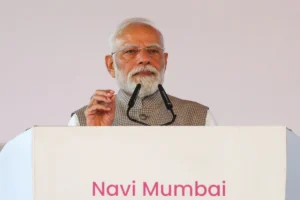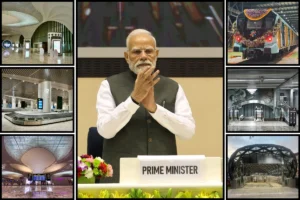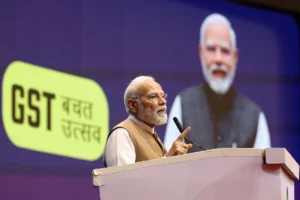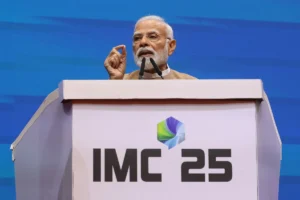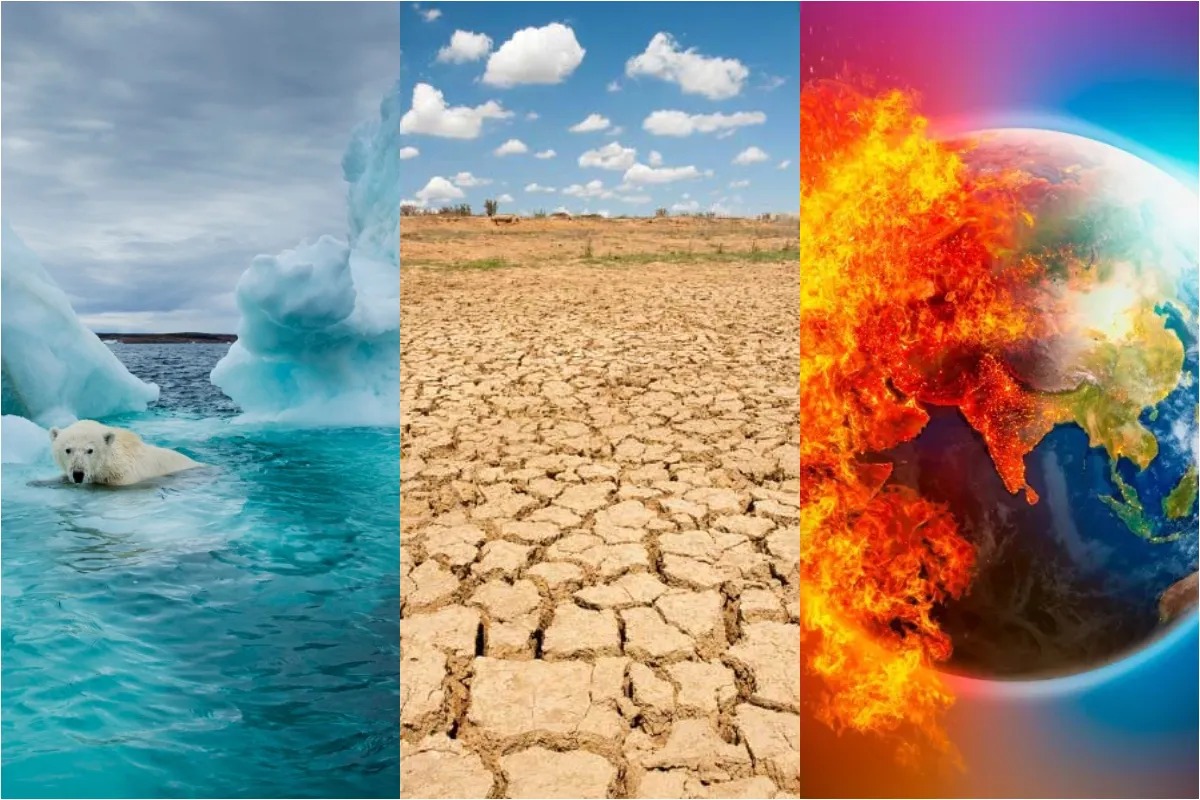
Global warming
The recent report of the United Nations Intergovernmental Panel on Climate Change has created a stir around the world. Considered to be the most logical and succinct report on climate change ever, it has been feared that if immediate precautionary steps are not taken, the world’s temperature will cross the maximum level of severe heat in the next decade, beyond which there will be destruction. The countdown will begin. In his first reaction to the report, UN Secretary-General Antonio Guterres called it a climate time bomb, saying humanity is on thin ice that is melting rapidly. The signal is clear – climate action is urgently needed on all fronts if the world is to be saved.
This panel, consisting of many renowned experts, in its report, has shared the information considered to be the most comprehensive so far on the changes coming in the earth. It says that if the world continues to burn coal, oil, and natural gas in the same way, by the first half of the year 2030 the global average temperature could increase by 1.5 degrees Celsius, or about 2.7 degrees Fahrenheit, above pre-industrial levels. This number of one and a half degrees Celsius has a special significance in terms of global climate. Under the 2015 Paris Climate Agreement, almost every country agreed to make the necessary efforts to keep global warming to 1.5 degrees Celsius. Scientists say that once this threshold is crossed, climate disasters will become so extreme that it will no longer be possible for humans to adapt to them. It would be like changing the earth’s basic system forever and resulting in millions of lives being lost to scorching heat, unseasonal rains, coastal floods, food shortages, famines, and many types of infectious diseases.
Governments of 195 countries of the world have approved this report. That’s why it’s important to know that around the world—a variety of fossil fuels—such as coal-fired power plants, oil wells, factories, cars, and trucks—would have released enough carbon dioxide to warm the Earth two degrees Celsius by the end of this century. To prevent this from happening, many such projects need to be postponed, expedited, or shut down forever. António Guterres himself has said that the 1.5-degree limit is achievable but would require a quantum leap in climate change. For this, Guterres has also called on the world to stop building new coal plants and not to approve new oil and gas projects.
The irony is that despite such an emergency situation being imminent, the two countries most responsible for environmental pollution – China and the US – have approved new fossil fuel projects. According to Finland’s Center for Research on Energy and Clean Air, China last year issued permits for 168 small and large coal-fired power plants. Similarly, the Biden administration last week approved a massive oil drilling project in Alaska that would be operational for the next three decades.
This crisis, which is hovering over everything from population to food grains, can also put India in trouble. According to the report, an increase in temperature of 1 to 4 degrees Celsius can affect rice production by 10 to 30 percent and maize production by 25 to 70 percent in India. At the same time, due to the rise in sea level, coastal areas in places like Mumbai, Chennai, Goa, Visakhapatnam, and Puri may submerge in the sea and about 35 million people may have to face heat waves, heavy rains, cyclones, and coastal floods. The danger will also hover over plain cities like Delhi, Patna, Lucknow, Ahmedabad, and Hyderabad. Extreme weather conditions such as scorching heat in summer and freezing cold in winter can occur. On the other hand, due to the increase in the rate of melting of glacier ice, sometimes water shortage in the Himalayan region, and sometimes flash flood-like situations may become more critical. Both the Ganges and the Brahmaputra rivers are also expected to increase floods as a result of climate change. It is expected that by the year 2050, the population facing a water crisis in the country will increase from the current level of 33 percent to 40 percent. Due to global warming, the cases of dengue and malaria are also likely to increase in the high-altitude Himalayan region.
However, according to the report, the world still has one last chance to avoid this destruction. But for this, industrialized countries will first have to halve the use of greenhouse gases by the year 2030 and then completely eliminate carbon dioxide emissions by the year 2050. If the world achieves both these goals, then global warming can be stopped at 1.5 degree Celsius, but even then its guarantee will be only 50 percent. Many scientists also say that even if the limit of 1.5 degrees Celsius is crossed in the coming days, it will not mean that the world will end. It is certain that each degree Celsius of additional warming will lead to severe water shortages, malnutrition, and deadly heat waves, making conditions for people’s survival more difficult.
One solution could also be to stop the emission of heat-absorbing gases into the atmosphere. In scientific language, it is called the state of net zero. The faster all the countries of the world show in achieving the net-zero level, the more easily the process of warming of the earth can be slowed down. The US and the European Union have set a target of reaching net zero emissions by 2050, while China has set a target of 2060 and India 2070. But looking at the apprehensions expressed in the report, it does not seem that the speed with which the threat is spreading will give the world that much time to recover.
However, as per the report, many countries are well prepared to deal with the dangers of global warming, such as by building coastal barriers in view of rising ocean levels or setting up early warning systems for future storms. The world’s first plant to absorb carbon emissions has been installed in New York. In Manhattan, bricks are being made by changing the nature of these gases. This technology is capable of reducing the carbon emissions of buildings by up to 60%. But the difficulty is that a lot of economic investment is also involved in all such measures, due to which the poor countries have already started lagging behind in this race. But the only way to prevent this chaotic future is to distance ourselves from the fossil fuels that have been the basis of our lives for more than a century and a half now without losing any time. And because the world has been so slow to wake up to this danger, it is also inevitable to spend hundreds of billions of dollars to control the now deadly climate risks.
That’s why Guterres has proposed a ‘Climate Solidarity Pact’ to the India-led G-20 group. In this, all major emitters have been advised to make additional efforts to cut emissions and provide financial and technical assistance to poor countries through rich countries to reduce the temperature to 1.5 degrees.
It has to be understood that it is not that we are dependent on something which is yet to be invented to deal with this crisis that has become a challenge to humanity. When the Corona pandemic came, we were certainly unaware of it, but the world immediately found a cure for it. We already have all the information we need to fix this climate change. It just needs to be implemented. Also, keep in mind that demanding others to take the first step should be the last option of our responsibility towards humanity because now we don’t even have time left to wait for others.








